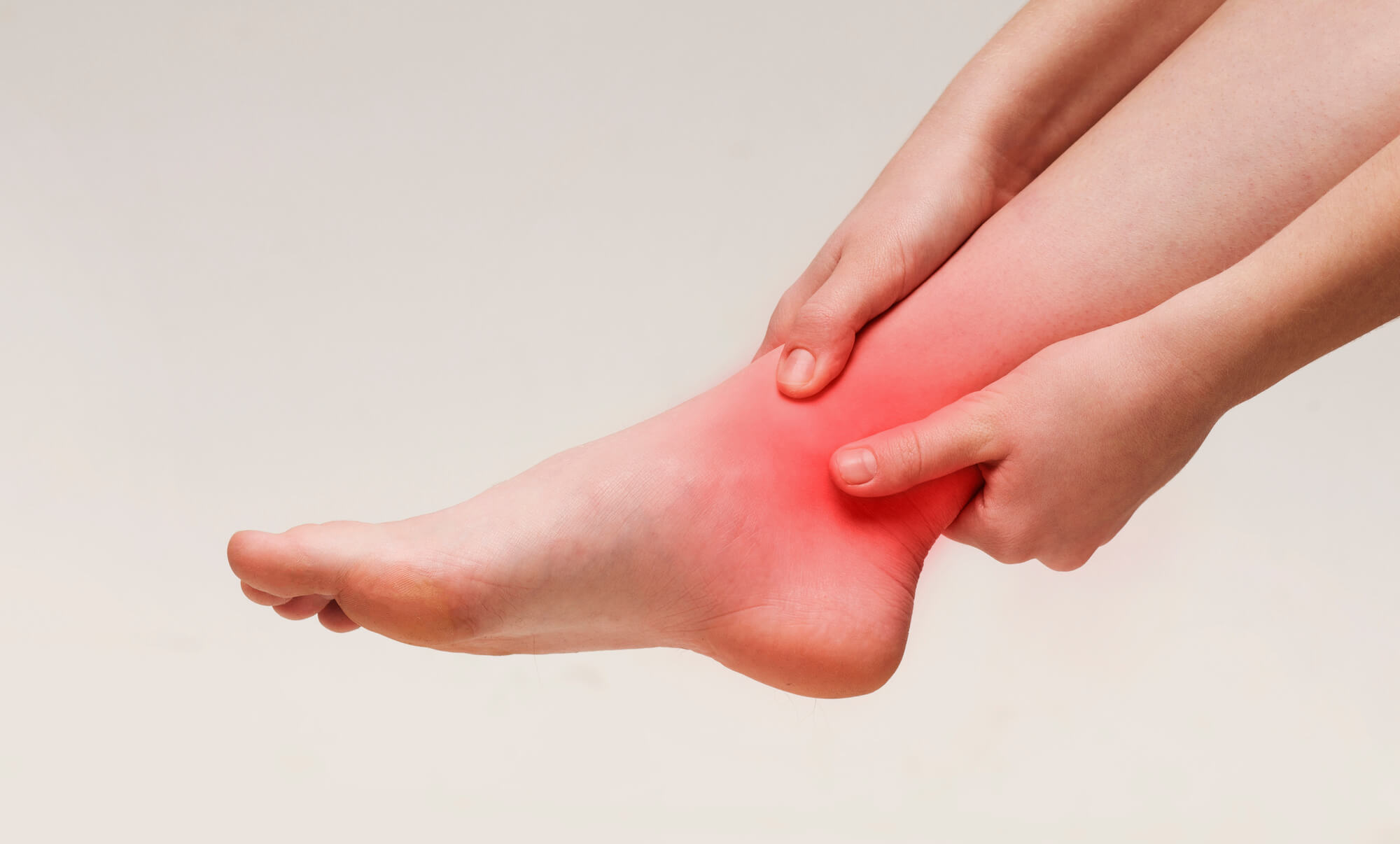Prevent and Treat Inner Ankle Pain When Running
Running is a popular exercise, but it can also be hard on the feet and ankles, particularly if you're a runner who experiences inner ankle pain. Inner ankle pain is often caused by the posterior tibial tendon, which connects the calf muscle to the bones on the foot's inner side. When this tendon is injured, it can lead to a condition called posterior tibial tendonitis, which can cause pain, swelling, and weakness in the foot and ankle.
In this article, we will provide some tips on preventing and treating inner ankle pain when running. These tips come from a podiatrist with experience treating foot and ankle injuries in runners and other athletes.
Understanding Inner Ankle Pain
Before we discuss how to prevent and treat inner ankle pain, it is important to understand what causes it. Inner ankle pain occurs when there is inflammation or injury to the structures that support the foot's arch, including the posterior tibial tendon. This can occur due to various factors, including overuse, improper footwear, and foot deformities such as flat feet.
Preventing Inner Ankle Pain
Preventing inner ankle pain is the key to avoiding discomfort and injury when running. Here are some tips on how to prevent inner ankle pain:
- Wear Proper Running Shoes: Choosing the right running shoes can help provide the necessary support and cushioning for your feet and reduce your risk of developing inner ankle pain.
- Gradually Increase Mileage and Intensity: Increasing your mileage and intensity slowly and gradually can help prevent overuse injuries, including inner ankle pain.
- Incorporate Strength Training Exercises: Strengthening exercises can help improve the strength and flexibility of your ankle and foot muscles, reducing your risk of developing inner ankle pain.
- Stretch Before and After Running: Stretching can help improve your range of motion and reduce your risk of developing muscle imbalances or injuries.
- Use Orthotics or Arch Supports, if Necessary: Custom orthotics or arch supports can help provide additional support to your foot arch and reduce your risk of developing inner ankle pain.

Treating Inner Ankle Pain
If you are already experiencing inner ankle pain, several treatment options are available. Here are some of the best ways to treat inner ankle pain:
- Rest and Ice Therapy: Resting your foot and applying ice to the affected area can help reduce inflammation and swelling and relieve pain.
- Compression and Elevation: Compression and elevation can help reduce swelling and promote healing in the affected area.
- Over-the-Counter Pain Relievers: Over-the-counter pain relievers, such as ibuprofen, can help reduce pain and inflammation in the affected area.
- Physical Therapy: Working with a physical therapist can help you develop a treatment plan that includes stretching and strengthening exercises to reduce pain and improve function.
- Custom Orthotics or Shoe Modifications: Custom orthotics or shoe modifications can help provide additional support and reduce stress on the affected area.
Strengthening Exercises for Inner Ankle Pain
Strengthening exercises can help prevent and treat inner ankle pain by improving the strength and flexibility of the ankle and foot muscles. Here are some exercises that you can do to strengthen your ankle and foot:
- Calf Raises: Calf raises can help improve the strength of your calf muscles, reducing your risk of developing inner ankle pain.
- Ankle Circles: Ankle circles can help improve the range of motion in your ankle joint and reduce stiffness.
- Resistance Band Exercises: Resistance band exercises can help improve the strength and flexibility of your ankle and foot muscles.
- Toe Curls and Scrunches: Toe curls and scrunches can help strengthen the muscles in your toes and feet, improving your balance and reducing your risk of developing inner ankle pain.
- Foot Circles: Foot circles can help improve the flexibility and range of motion in your feet and ankles, reducing your risk of developing inner ankle pain.

Stretches for Inner Ankle Pain
Stretching is an important part of preventing and treating inner ankle pain. Here are some stretches that you can do to improve your flexibility and reduce your risk of developing inner ankle pain:
- Achilles Tendon Stretch: The Achilles tendon connects the calf muscle to the heel bone and can be a source of pain and discomfort in runners. To stretch this area, stand with one foot in front of the other, with your back foot flat. Lean forward and bend your front knee until you feel a stretch in your calf and Achilles tendon.
- Calf Stretch: To stretch your calf muscles, stand facing a wall with your hands on the wall at shoulder height. Step back with one foot and bend your front knee, keeping your back heel on the ground. You should feel a stretch in your calf muscle.
- Toe Stretch: To stretch your toes, sit in a chair and place a towel under your foot. Grab the ends of the towel and pull it towards you while keeping your knee straight. You should feel a stretch in the arch of your foot.
- Ankle Circles: Ankle circles can help improve your ankles' flexibility and range of motion. To do this stretch, sit in a chair and lift one foot off the ground. Rotate your ankle in a circular motion, clockwise and counterclockwise.
- Plantar Fascia Stretch: The plantar fascia is a thick band of tissue that runs along the bottom of your foot and can be a source of pain and discomfort in runners. To stretch this area, sit in a chair and place one foot on your opposite knee. Using your fingers, apply pressure to the bottom of your foot and gently pull your toes back towards your shin.
When to See a Podiatrist
If you are experiencing persistent or severe inner ankle pain, seeking medical attention from a podiatrist is important. A podiatrist can help diagnose the underlying cause of your pain and develop a treatment plan tailored to your individual needs.
Conclusion
Inner ankle pain can be a frustrating and painful problem for runners, but with the right preventive measures and treatment options, it can be managed effectively. By incorporating these tips from a podiatrist into your running routine, you can prevent and treat inner ankle pain and enjoy the benefits of a healthy and active lifestyle. Remember, if you experience persistent or severe symptoms, seeking medical attention from a podiatrist is important.

